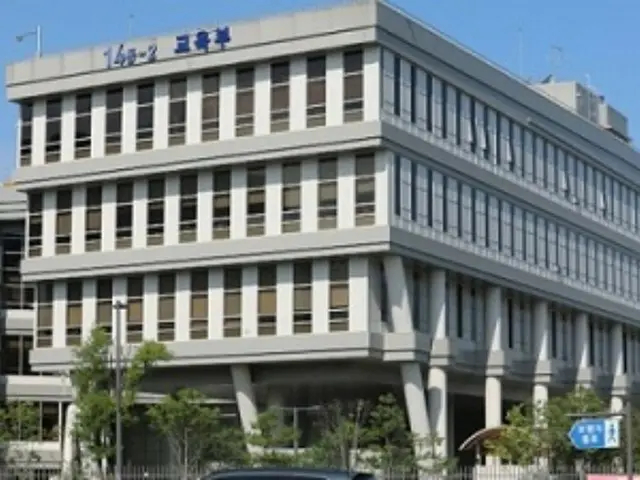On the 31st, the Ministry of Education and the Korea Education Development Institute announced that 70,100 students will graduate from 578 vocational high schools nationwide in February this year.
As a result of a survey of 591 people, it was announced that the employment rate (as of April 1) was 55.7%. This is a 2.1 percentage point decrease from last year. Employment rate is 2021 (55.4%),
Although it increased for two consecutive years until 2022 (57.8%), it decreased. The employment rate is the ratio of employed people to graduates, excluding those who go on to higher education, those who join the military, etc.
Looking specifically, the percentage of employees who found employment at larger companies increased, and the percentage of those who continued employment after one year also increased, which can be interpreted as a positive situation.
Looking at job opportunities by size, the percentage of companies with 300 or more employees rose by 3.5% to 33.4%, while the percentage of companies with fewer than 30 employees fell by 1.9% to 31.8%.
Last year, 82.2% of vocational high school graduates remained employed six months later, an increase of 3.9 percentage points from a year ago.
The retained employment rate after 12 months also increased by 2.1 percentage points to 66.4%, indicating that employment stability has increased.
By school type, Meister High School has the highest employment rate at 73.7%, Specialized High School at 53.3%, and General High School Vocational Class at 36.8%.
It was. Among cities and provinces, Gyeongsangbuk-do (Gyeongsangbuk-do) had the highest employment rate of 66.7%, Daegu (Daegu) had 62.7%, and Daejeon (Daejeon) had the highest employment rate of 59.1%. School attendance in non-metropolitan areas
The employment rate was 58.0%, higher than schools in the metropolitan area. Meanwhile, the number of students going to university has increased. The admission rate was 47.0%, an increase of 1.8 percentage points from last year. The rate of advancement to higher education is based on the total number of graduates.
This is the percentage of The admission rate has been increasing every year since 2020 (42.5%), when related statistics began to be compiled. By school type, 61.8% of general high school vocational classes, 61.8% of specialized high school
It was found that 50% of students went on to higher education. On the other hand, the enrollment rate at Meister High School remained at 7.2%. As of this year, there were 15,533 unemployed people who were neither employed nor enrolled in higher education.
Although this is a decrease from last year (16,550), one in five graduates (21.7%) did not find employment or go on to further education.
The Ministry of Education plans to reflect the analysis results of the employment statistics survey in employment support policies.
``We will continue to work closely with the central government, local governments, and related organizations to increase the employment rate of vocational high school graduates,'' said Jang Sang-yun, vice minister of education.
.
2023/10/31 21:08 KST
Copyrights(C) Herald wowkorea.jp 83

